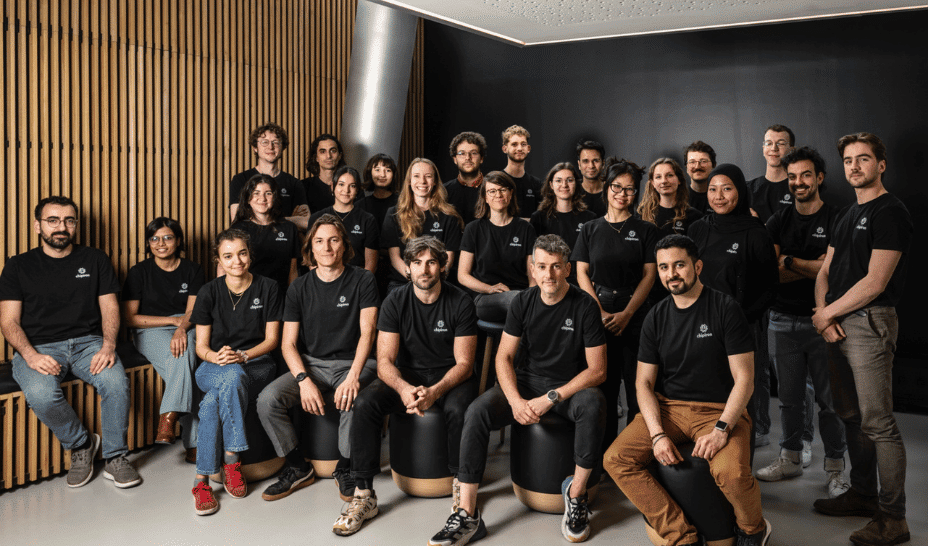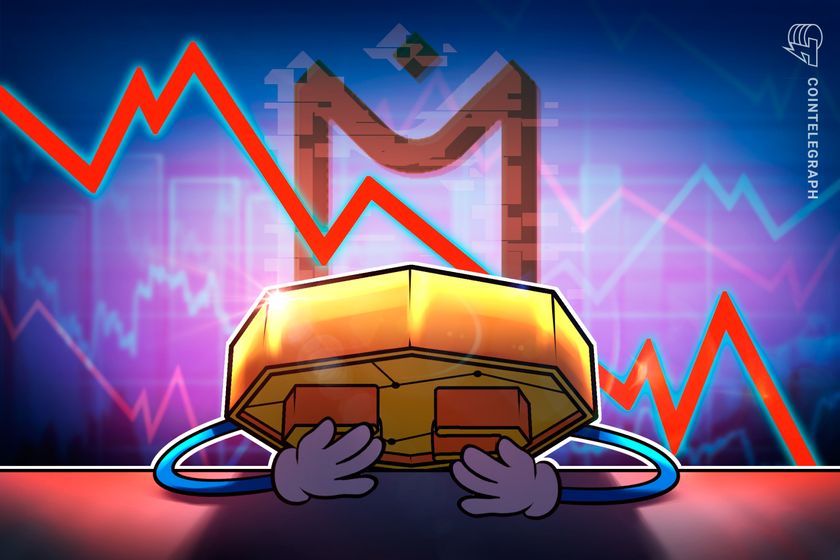The Missing Middle: R&D, risk capital, and the Indian startup dream
This article explores the urgent need for India to shift from aggregation to invention, and what it’ll take to truly build an innovation-first economy.


A few days ago, I was catching up with an old school friend at a café in Vasant Kunj in Delhi. Somewhere between the coffee and conversations, we ended up debating India’s startup scene. I shared my frustration—that despite all the noise, our so-called innovation economy feels like it’s stuck in a loop of delivery apps and aggregators. When was the last time we invented something truly groundbreaking? Or even brought home a Nobel Prize for path breaking research?
Most of our startup successes seem to draw inspiration from Amazon—a company that operated at a loss for years before it turned its fortune. But what’s often missed is that Amazon evolved from delivering books to becoming a tech company. It built infrastructure, innovated at scale, and created entirely new categories. In contrast, many of our startups remain narrowly focused and continue to burn cash.
My friend had a different take—he spoke about the employment generation in a country where a large portion of the population still lacks good employable skills. He wasn’t wrong, and frankly, neither was I.
Recently, Piyush Goyal, Union Minister of Commerce & Industry, sparked a debate by highlighting the pitfalls in India’s innovation ecosystem. While he applauded the success and achievements, he also showed a mirror to the crowd and asked everyone to introspect whether we are heading in the right direction.
There’s no denying that India’s startup ecosystem has matured significantly over the past decade. We have more than 160,000 registered startups and 117 unicorns and now we are the third largest startup ecosystem globally. But—where is all this money going?
According to Inc42, the top six funded sectors in India (based on the number of deals) in 2023–24 were ecommerce, EnterpriseTech, Fintech, Healthtech, Cleantech, and finally, Deeptech.
Now let’s take a moment and look at China. Research from Stanford’s Center on China’s Economy and Institutions reveals that government-backed VCs often fund AI firms with relatively weak initial software capabilities. Yet these firms showed over 500% software output growth by 2023—outperforming many private-VC-backed firms.
Even more telling: 71% of firms that received both government and private VC funding were first backed by government funds. Public capital, in this case, became a signal for private investors to follow. There is a robust system that exists to support AI startups. The US has also invested heavily in AI. According to Silicon Valley Indicators, AI alone received $56 billion in 2024.
And India? We’re still pretending to catch-up. One of the biggest reasons AI doesn’t feature in the top five sectors for investment is because we lack both the appetite for risk and access to patient capital. The Indian investor ecosystem often demands clarity on exits far too early. But real innovation doesn’t fit that timeline. Think about Amazon’s early years—what exit strategy could they have shown? I’m not even sure Jeff Bezos himself knew that Amazon would eventually transform into a tech company.
Or consider ICICI: founded in 1955 as a development finance institution, it eventually spun off ICICI Bank in the ’90s — which later outgrew and merged back with its parent company.
Innovation doesn’t follow pitch decks. It takes time, detours, and perseverance.
There’s something philosophical here too. Life itself is painful, uncertain and follows no rules. We don’t live with clear "exit strategies" — we evolve. Why must investors always demand one?
Companies should be built to last, not built to exit.
India was once the world’s back office, it probably still is. Later, post-1991, we became the World’s IT services capital. We did innovate, no doubt — but we never doubled down on R&D. And now we’re paying the price.
To understand this better, let's look at this R&D spend data from five countries:
This is a glaring gap. And it’s not just the government — the private sector needs to step up.
Investment in R&D may not look lucrative in the short or mid term, but in the long run, it can work wonders for the economy and for creating jobs.
Yet even on platforms like Shark Tank India, most pitches and investments are for consumer services. Very few bets are placed on ideas still in the prototype stage. As Minister Piyush Goyal rightly pointed out — the focus has to shift from convenience to core innovation.
So what do we do?
1. Create a Dedicated DeepTech VC Fund
Not just another app fund. A real, long-term innovation fund that clearly defines DeepTech and invests in it.
2. Launch the Bharat R&D Fund
The government can lead this dedicated fund by providing 20% of the corpus annually, but the rest must come from private players. India will not become an innovation hub unless its private capital backs R&D.
3. Bridge Industry-Academia Gaps
A lot is happening, yes, but most of it is still concentrated in metros and elite institutions. The rest of India is waiting. We need industry-led research to reach Tier 2, 3, and 4 towns.
4. Revamp Tertiary Education Beyond Metros
There’s a growing inequality in access to quality education. The divide between a college in Patna and one in Bengaluru is no longer acceptable if we want to be an innovation powerhouse.
We’ve done a lot of the right and great things. But there’s a lot more we’re yet to do. And the clock is ticking.
There is no better quote to end this article:
“If you know the enemy and know yourself, you need not fear the result of a hundred battles. If you know yourself but not the enemy, for every victory gained you will also suffer a defeat. If you know neither the enemy nor yourself, you will succumb in every battle.” ― Sun Tzu
(Bibhu Mishra currently heads the Saxon Science Liaison Office in India.)
(Disclaimer: The views and opinions expressed in this article are those of the author and do not necessarily reflect the views of YourStory.)














































































































































![[Free Webinar] Guide to Securing Your Entire Identity Lifecycle Against AI-Powered Threats](https://blogger.googleusercontent.com/img/b/R29vZ2xl/AVvXsEjqbZf4bsDp6ei3fmQ8swm7GB5XoRrhZSFE7ZNhRLFO49KlmdgpIDCZWMSv7rydpEShIrNb9crnH5p6mFZbURzO5HC9I4RlzJazBBw5aHOTmI38sqiZIWPldRqut4bTgegipjOk5VgktVOwCKF_ncLeBX-pMTO_GMVMfbzZbf8eAj21V04y_NiOaSApGkM/s1600/webinar-play.jpg?#)














































